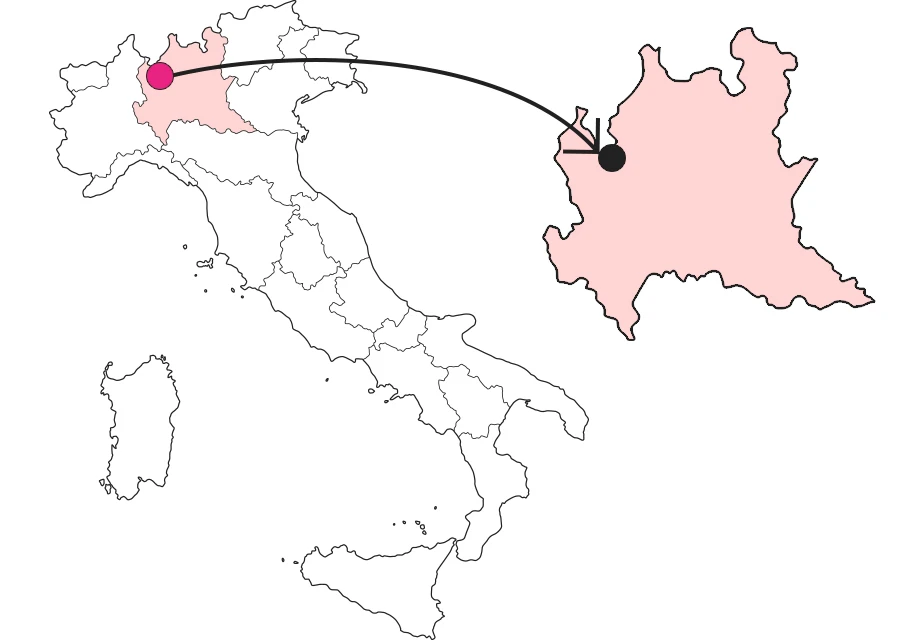








Cerano d'Intelvi, ancient village
A walk through the history of the Intelvi Valley



Where

What it is and where it is
At the center of the lower Valle d'Intelvi furrowed by the Telo stream, on the slopes of Mount San Zeno, stands Cerano d'Intelvi, an ancient village divided into three nuclei: Cerano, Giuslino and Veglio. Cerano welcomes us with the Corte Comitti, an ancient Longobard cortes, and then tells us about the Giani, a family of 19th-century landscape painters, portrait painters and sculptors, whose homeland it is. Giuslino is the municipal agricultural reserve, with farms and numerous livestock. There are also patrician villas here, recognizable by the stone coats of arms on the portals, which were restored and expanded in the 1600s with extensive parks and gardens. Veglio, on the slopes of Mount Crocione, is characterized by the raised "Castle" core.
Why it is special
Three cores, three distinct characters, and centuries of history behind them: walking around Cerano d'Intelvi one encounters all this. Just think of the Valle dei Mulini (Valley of the Mills) on the Telo, which since ancient times was the ideal place for the settlement of productive structures that used hydraulic power. Then, along the streets of the village, one encounters various historical testimonies: the medieval vaulted streets of Giuslino, the 17th-century architecture of Veglio, and the Baroque style with houses adjoining small gardens or courtyards of Cerano, as well as well-preserved old wash-houses and a nevera, evidence of past peasant life.
Not to be missed
The municipal coat of arms bears a tower with a jeweled crown. This reference is rooted in history: in fact, Cerano counts among its landowners the Longobard queen Teodolinda. The bell tower of the parish church of St. Thomas, which was originally the tower of the fortified castle, of the famous queen, tells us this.
A bit of history
The rural nature of the village has been evident from its earliest origins. It probably dates back to the Etruscan-Roman period that determined its name: Cerano would in fact derive from Caeres, that is, Ceres, the goddess of the harvest, perhaps because of the fertility of the flat land.
Trivia
The mythical Trans-Siberian Railway has Intelvese roots. In fact, among the designers was the Cerano native Flaminio Pagani. In Cerano d'Intelvi, in the hamlet of Giuslino, the house where he lived still exists: an inscription recalls all the towns where he worked building the railway. The entrepreneur, in partnership with Rocco De Santis of Rocca di Mezzo, ran the railroad contracting business for which several Italian technicians and workers worked on the construction of the Trans-Siberian Railway, many of whom came right from the Intelvi Valley and represented skilled laborers for the stonework.
Enter the Map of Italy's Undiscovered Wonders and find treasures where you least expect it... Inspire, Recommend, Share...
Collections
The Map thanks:
In the Community
Enter the Map of Italy's Undiscovered Wonders and find treasures where you least expect it... Inspire, Recommend, Share...
Where

Collections

